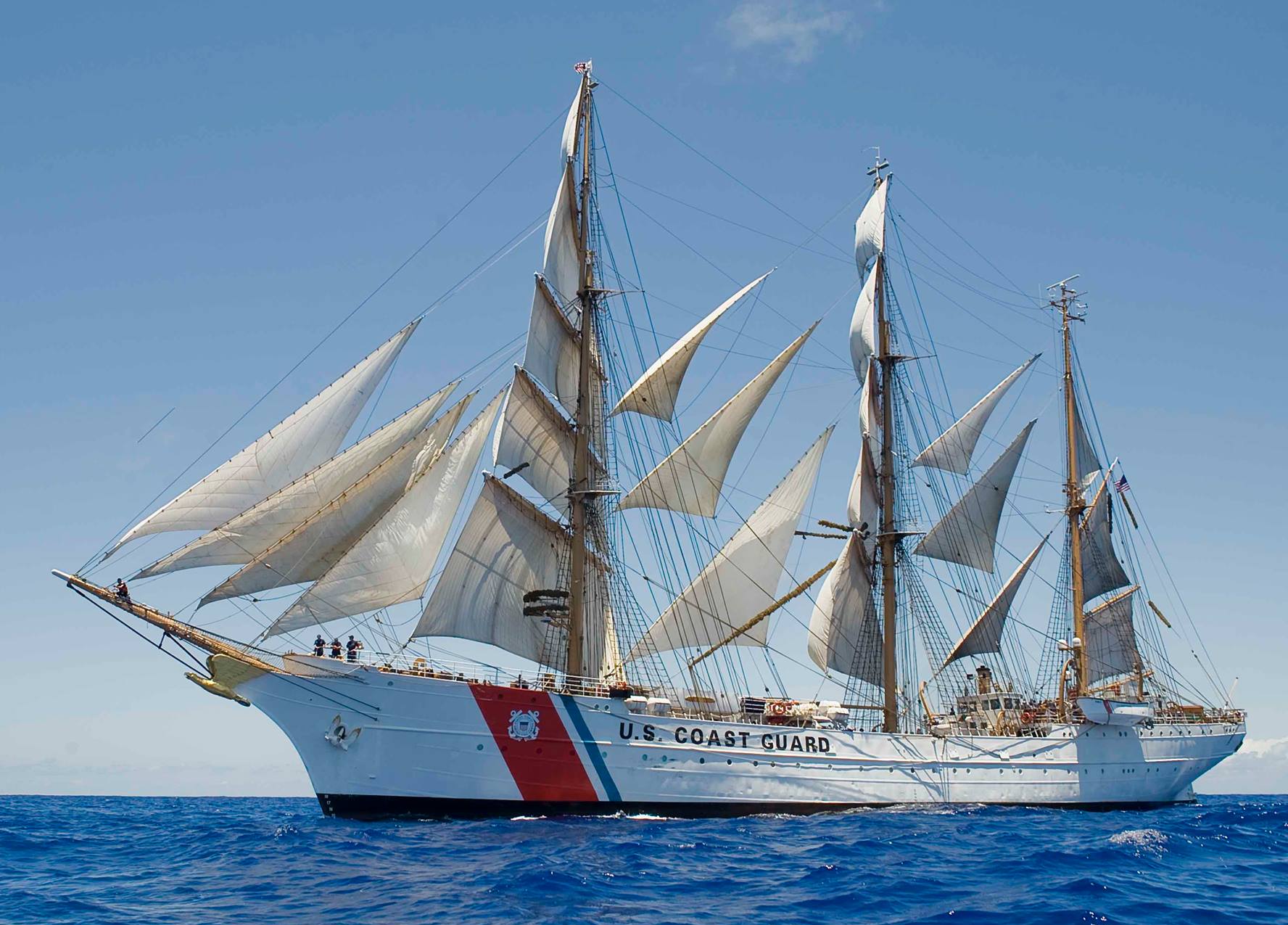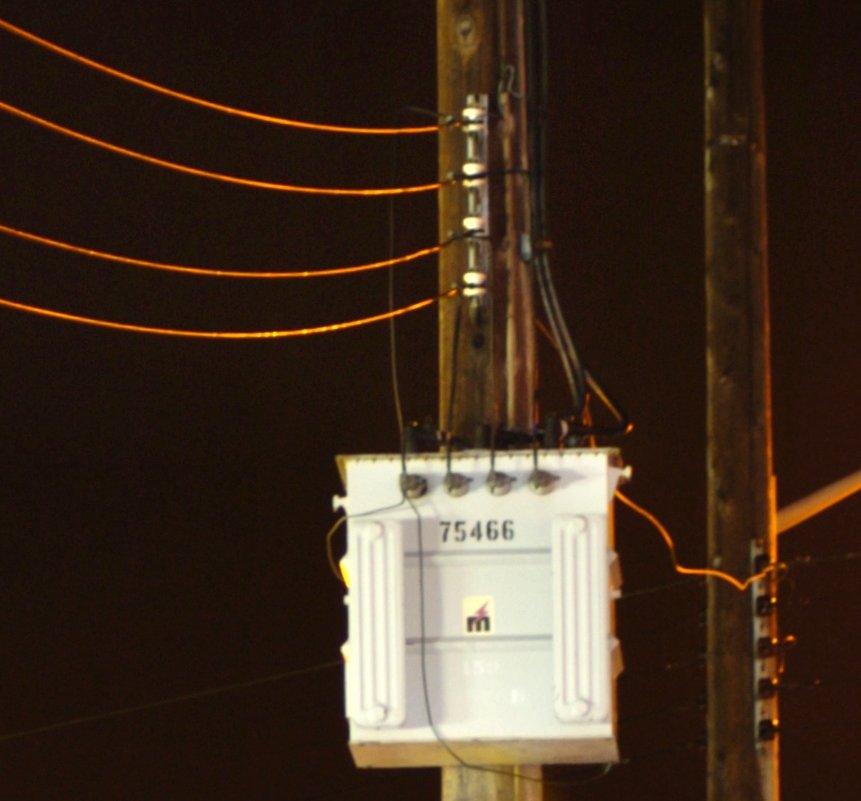|
Marienfelde Station
Berlin-Marienfelde station is a station and a freight yard in Berlin, Germany. It is located on the Berlin–Dresden railway line in the locality of Marienfelde, part of the Tempelhof-Schöneberg borough. The station is part of the Berlin S-Bahn rapid transit network. History The station, initially named ''Marienfelde'', opened with the Dresden Railway on 17 June 1875. A few months later, on 15 October 1875, it also became a stop on the parallel Royal Prussian Military Railway (''Königlich Preußischen Militär-Eisenbahn''), which ran from the Berlin Military station in Schöneberg to Zossen. Marienfelde station was far away from the built-up area of Berlin at that time. It stimulated the development of the ''Neu-Marienfelde'' mansion colony west of the tracks. From 1893 onwards, the station was rebuilt and extended with an island platform, which was opened in March 1903. The station has been served by third rail S-Bahn trains since May 1939. The former counter hall was partial ... [...More Info...] [...Related Items...] OR: [Wikipedia] [Google] [Baidu] |
Railway Station Types In Germany
The railways in Germany use several abbreviations to differentiate between various types of stations, stops, railway facilities and other places of rail service. Places with a set of points * – ' (railway station), defined as a place where trains may start, terminate, stop, overtake, meet or change directions, and that has at least one set of points. It can be additionally named after its purpose: ** – ', the main or central station of a town or city. Also the only abbreviation commonly found on station timetables and signs. ** – ' (passenger station), usually used to differentiate in places that have several types of stations, but only one passenger station. ** – ' ( long distance station) ** – ' (freight station) ** – ', a station only for operational tasks like train overtakes. ** – ' ( marshalling yard) ** – ' (transshipment station) ** – ', a station serving a power plant. ** – ' ( mail station) * – ' (part of a station), used when a station con ... [...More Info...] [...Related Items...] OR: [Wikipedia] [Google] [Baidu] |
War Reparations
War reparations are compensation payments made after a war by one side to the other. They are intended to cover damage or injury inflicted during a war. History Making one party pay a war indemnity is a common practice with a long history. Rome imposed large indemnities on Carthage after the First (Treaty of Lutatius) and Second Punic Wars. Some war reparations induced changes in monetary policy. For example, the French payment following the Franco-Prussian war played a major role in Germany's decision to adopt the gold standard; the 230 million silver taels in reparations imposed on defeated China after the First Sino-Japanese War led Japan to a similar decision. There have been attempts to codify reparations both in the Statutes of the International Criminal Court and the UN Basic Principles on the Right to a Remedy and Reparation for Victims, and some scholars have argued that individuals should have a right to seek compensation for wrongs they sustained during warfare ... [...More Info...] [...Related Items...] OR: [Wikipedia] [Google] [Baidu] |
Berlin S-Bahn Stations
Berlin ( , ) is the capital and largest city of Germany by both area and population. Its 3.7 million inhabitants make it the European Union's most populous city, according to population within city limits. One of Germany's sixteen constituent states, Berlin is surrounded by the State of Brandenburg and contiguous with Potsdam, Brandenburg's capital. Berlin's urban area, which has a population of around 4.5 million, is the second most populous urban area in Germany after the Ruhr. The Berlin-Brandenburg capital region has around 6.2 million inhabitants and is Germany's third-largest metropolitan region after the Rhine-Ruhr and Rhine-Main regions. Berlin straddles the banks of the Spree, which flows into the Havel (a tributary of the Elbe) in the western borough of Spandau. Among the city's main topographical features are the many lakes in the western and southeastern boroughs formed by the Spree, Havel and Dahme, the largest of which is Lake Müggelsee. Due to its location ... [...More Info...] [...Related Items...] OR: [Wikipedia] [Google] [Baidu] |
List Of Railway Stations In Berlin
This list covers the railway stations in the Berlin area. These include both passenger stations and marshalling yards, but not goods stations. Because the Berlin S-Bahn network has expanded to include stations in the state of Brandenburg, the table shows only those stations lying within the Verkehrsverbund Berlin-Brandenburg's present-day Berlin ABC fare zones (i.e. those up to about 15 kilometres from the Berlin city boundary), and those formerly served by Berlin's suburban services. The latter ran out beyond the capital's boundaries to the next largest towns along the main and branch lines. The farthest towns on the lines covered here are listed below: Rüdnitz ( Stettin Railway) – Werneuchen (Wriezen Railway) – Strausberg (Prussian Eastern Railway) – Fürstenwalde (Lower Silesian-Märkisch Railway) – Kablow ( Königs Wusterhausen–Grunow) – Königs Wusterhausen ( Görlitz Railway) – Mittenwalde ( Neukölln–Mittenwalde railway) – Wünsdorf ( Dresden ... [...More Info...] [...Related Items...] OR: [Wikipedia] [Google] [Baidu] |
S2 (Berlin)
S2 is a line on the Berlin S-Bahn. It operates from Bernau to Blankenfelde over: *the Berlin-Szczecin railway, opened on 1 August 1842 and electrified on 8 August 1924, *the Nord-Süd-Tunnel, opened on 28 May 1936 from Humboldthain to Unter den Linden and on 6 November 1939 to Anhalter Bahnhof and Priesterweg *the Berlin–Dresden railway The Berlin–Dresden railway is a double track, electrified main line railway in the German states of Berlin, Brandenburg and Saxony, which was originally built and operated by the ''Berlin-Dresden Railway Company'' (''Berlin-Dresdener Eisenbahn- ..., opened on 17 June 1875 and electrified on 15 May 1933. References {{Public transport in Berlin Berlin S-Bahn lines ... [...More Info...] [...Related Items...] OR: [Wikipedia] [Google] [Baidu] |
Teltow Canal
The Teltow Canal, also known as the in German, is a canal to the south of Berlin, the capital city of Germany. The canal lies in both the states of Berlin and Brandenburg, and at points forms the boundary between the two. It takes its name from the Brandeburgian region of Teltow and town of Teltow which lie on its course. The canal was constructed between 1900 and 1906, when it was opened by Wilhelm II. The canal is in length and links the River Havel near the city of Potsdam with the River Dahme near Köpenick in Berlin's eastern suburbs. The Dahme provides a link to the Oder-Spree Canal, and hence to the River Oder and Poland. Whilst the Dahme is a tributary of the River Spree, itself a navigable tributary of the Havel, the Teltow Canal offers the advantage of bypassing the centre of Berlin, with its heavy river traffic. At its western end, the Teltow Canal incorporates the Griebnitzsee lake which links to the Havel in Potsdam. The Griebnitz Canal provides a second link t ... [...More Info...] [...Related Items...] OR: [Wikipedia] [Google] [Baidu] |
Berlin Ringbahn
The Ringbahn (German for circle railway) is a long circle route around Berlin's inner city area, on the Berlin S-Bahn network. Its course is made up of a double-tracked S-Bahn ring and a parallel freight ring. The S-Bahn lines S41 and S42 provide a closed-loop continuous service without termini. Lines S45, S46 and S47 use a section of the southern and western ring, while lines S8 and S85 use sections of the eastern ring. The combined number of passengers is about 400,000 passengers a day. Due to its distinctive shape, the line is often referred to as the ''Hundekopf'' (Dog's Head). The Ringbahn is bisected by an east–west railway thoroughfare called the Stadtbahn (city railway), which crosses the Ringbahn from Westkreuz (Western Crossing) to Ostkreuz (Eastern Crossing), forming a Südring (Southern Ring) and a Nordring (Northern Ring). The north-south S-Bahn link (with the North-South S-Bahn-tunnel as its central point) divides the Ringbahn into a ''Westring'' (Western Ring ... [...More Info...] [...Related Items...] OR: [Wikipedia] [Google] [Baidu] |
Deutsche Bahn
The (; abbreviated as DB or DB AG) is the national railway company of Germany. Headquartered in the Bahntower in Berlin, it is a joint-stock company ( AG). The Federal Republic of Germany is its single shareholder. describes itself as the second-largest transport company in the world, after the German postal and logistics company / DHL, and is the largest railway operator and infrastructure owner in Europe. Deutsche Bahn was the largest railway company in the world by revenue in 2015; in 2019, DB Passenger transport companies carried around 4.8 billion passengers, and DB logistics companies transported approximately 232 million tons of goods in rail freight transport. The group is divided into several companies, including ''DB Fernverkehr'' (long-distance passenger), '' DB Regio'' (local passenger services) and ''DB Cargo'' (rail freight). The Group subsidiary ''DB Netz'' also operates large parts of the German railway infrastructure, making it the largest rail network in ... [...More Info...] [...Related Items...] OR: [Wikipedia] [Google] [Baidu] |
Three-phase Electric Power
Three-phase electric power (abbreviated 3φ) is a common type of alternating current used in electricity generation, transmission, and distribution. It is a type of polyphase system employing three wires (or four including an optional neutral return wire) and is the most common method used by electrical grids worldwide to transfer power. Three-phase electrical power was developed in the 1880s by multiple people. Three-phase power works by the voltage and currents being 120 degrees out of phase on the three wires. As an AC system it allows the voltages to be easily stepped up using transformers to high voltage for transmission, and back down for distribution, giving high efficiency. A three-wire three-phase circuit is usually more economical than an equivalent two-wire single-phase circuit at the same line to ground voltage because it uses less conductor material to transmit a given amount of electrical power. Three-phase power is mainly used directly to power large induction ... [...More Info...] [...Related Items...] OR: [Wikipedia] [Google] [Baidu] |
Soviet Union
The Soviet Union,. officially the Union of Soviet Socialist Republics. (USSR),. was a transcontinental country that spanned much of Eurasia from 1922 to 1991. A flagship communist state, it was nominally a federal union of fifteen national republics; in practice, both its government and its economy were highly centralized until its final years. It was a one-party state governed by the Communist Party of the Soviet Union, with the city of Moscow serving as its capital as well as that of its largest and most populous republic: the Russian SFSR. Other major cities included Leningrad (Russian SFSR), Kiev (Ukrainian SSR), Minsk ( Byelorussian SSR), Tashkent (Uzbek SSR), Alma-Ata (Kazakh SSR), and Novosibirsk (Russian SFSR). It was the largest country in the world, covering over and spanning eleven time zones. The country's roots lay in the October Revolution of 1917, when the Bolsheviks, under the leadership of Vladimir Lenin, overthrew the Russian Provisional Government ... [...More Info...] [...Related Items...] OR: [Wikipedia] [Google] [Baidu] |







